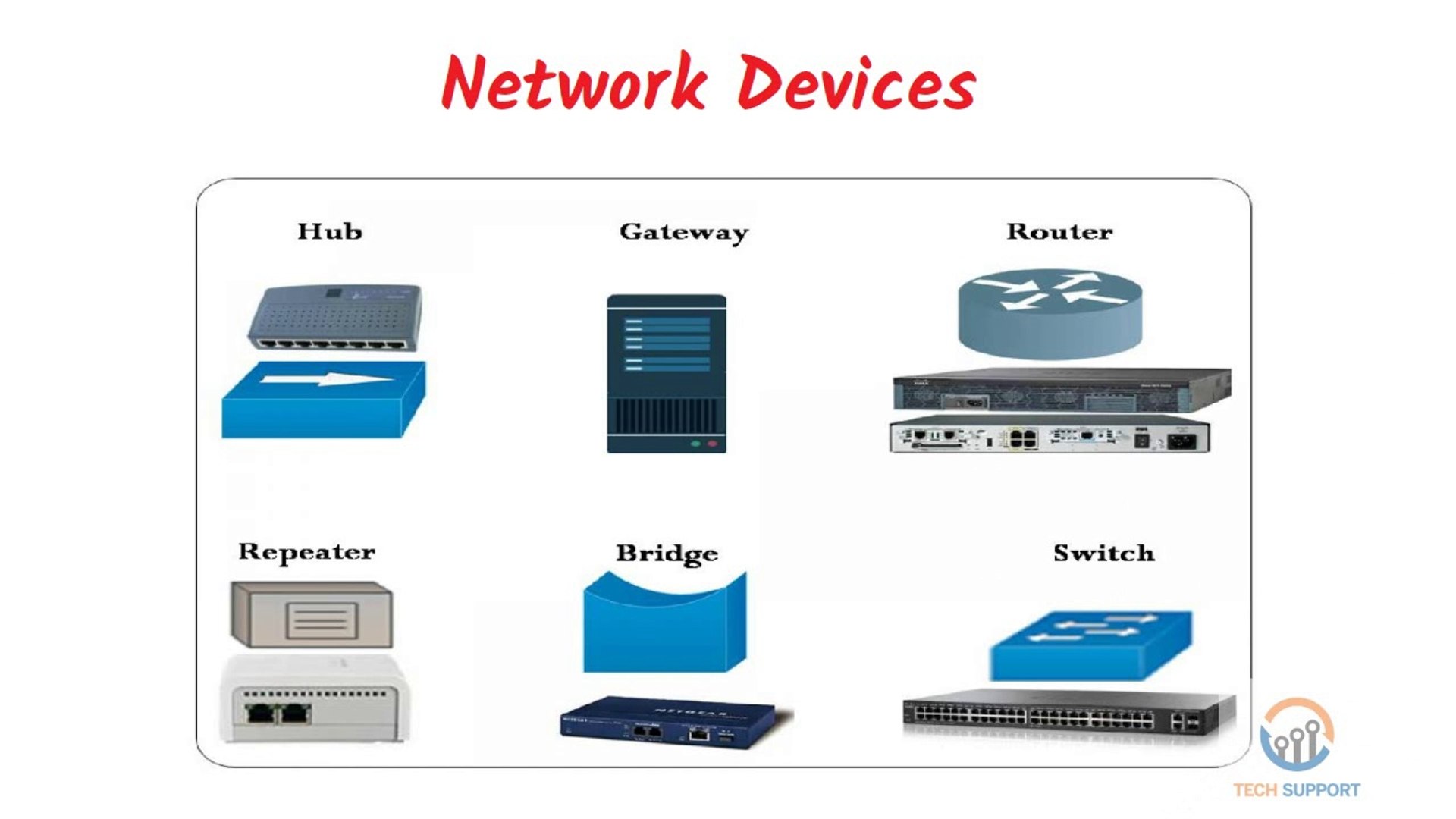Networking Devices
 Anirban Banerjee
Anirban Banerjee
MODEM: A modem is a device that converts digital signals into analog signals and vice-versa. For instance, the digital signal from a computer is converted into an analog signal, which can be transmitted through cables, and then converted back to digital for the computer to interpret.
ROUTER: As the name suggests, a router's purpose is to route data packets based on their IP addresses.
ISP(s): Internet Service Providers (ISPs) are the companies that provide internet access to users.
Did you know? The tier 1 ISP in India is TATA Communications, while the Tier 2 ISPs include BSNL and Airtel.
REPEATER: A repeater regenerates signals when they become too weak or corrupted. Essentially, it copies the same signal bit by bit and regenerates it to its original strength. It is a 2-port device.
HUB: A hub is basically a multiport repeater. The collision domain for all data packets and all connected hosts remains one.
TYPES OF HUBS:
ACTIVE HUB: These hubs have their own power supply and can clean, relay, and boost signals along with the network.
PASSIVE HUB: These hubs collect wiring from the active hub without cleaning or boosting the signal.
BRIDGE: A bridge operates at the data-link layer. It functions as a repeater with the added capability of filtering content by reading the MAC addresses of the source and the destination. There are two types of bridges:
Transparent bridge.
Source routing bridge.
SWITCH: A switch is a multiple-port bridge with a buffer and a design that boosts network efficiency and performance. A large number of ports implies less traffic. It also serves as a data-link layer device, filtering and performing error checks before forwarding the data.
GATEWAY: A gateway is a passage that connects two networks operating on different networking models. Also known as a Protocol Converter, it can work on any network.
BROUTER: A brouter, or bridging router, combines the functionalities of both a router and a bridge. It is capable of routing data as well as filtering local area network traffic.
Subscribe to my newsletter
Read articles from Anirban Banerjee directly inside your inbox. Subscribe to the newsletter, and don't miss out.
Written by
